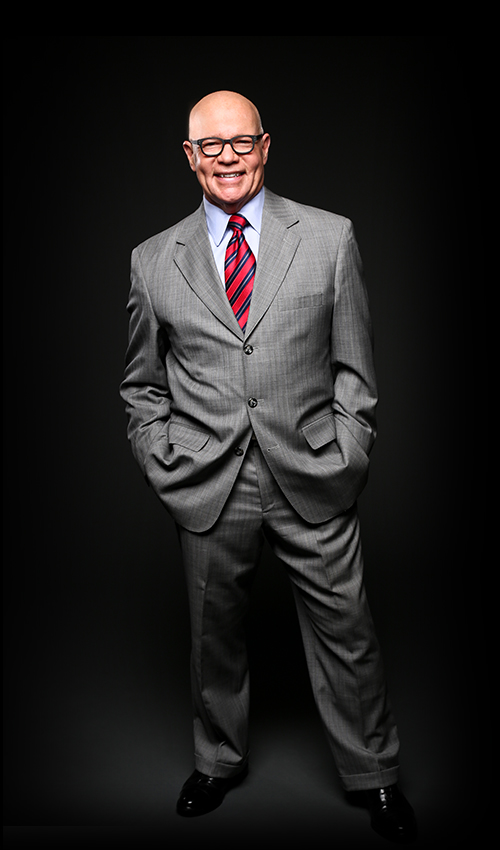Written by: Minnesota Lawyer
Joe Anthony said the attorneys in his law firm, Anthony Ostlund Louwagie Dressen & Boylan wouldn’t know a good deal if it hit them in the head. And he includes himself.
That’s because he and the others don’t get involved until a deal goes south. Then as litigators they solve the problem. It is the very definition of a business litigation boutique, and emphasize financial fraud, securities, employment, anti-trust and commercial real estate litigation.
Anthony’s success at trial can be traced to many things, including the effort he makes to understand jurors. He lately has been influenced by Daniel Kahneman and his book,“Thinking, Fast and Slow.” In it, Kahneman posits that there are two systems of thinking, one that is more intuitive and automatic (system 1) and one is more methodical and requires concentration (system 2).
Then he looks for jurors with a system that suits his case. A system 2 juror, such as an engineer, may suit a case with a complicated fact pattern. But if he has a case where he wants to motivate a jury, he looks for “anchoring ideas” that will affect their conclusions, since system 1 thinkers rely on past knowledge and information.
Anthony also studies how and why people make decisions, both as jurors and as clients. In the case of clients, he wants to know how they decide whether to resolve cases or push them forward into litigation.
If it gets to trial, Anthony’s next step is to create a theme or narrative for opening statements and arguments. The simpler the narrative or story is, the better, he advises.“There are points to be earned by being interesting, entertaining and brief,” he said.
Then the task is to pull the theme all the way through the trial, thus creating “cognitive ease,” a term for the familiarity with the facts or the arguments which allows decision-making.
“I write out my opening statement. I don’t have to memorize it because I have written it out so many times,” Anthony said.
Anthony’s litigation success includes multimillion lawsuits in the areas of shareholder rights, securities, anti-trust, employment and unfair competition. He has also represented plaintiffs and defendants in class actions and a variety of corporate disputes. In 2007, he represented a plaintiff professional dental association which was awarded $130 million by a jury in a case of unfair competition. It is the largest jury verdict in a Minnesota business litigation case, he said. He also has won a number of multi-million dollar jury verdicts and Financial Industry Regulatory Authority (FINRA) arbitration awards for individuals and for investment banks, and for broker dealers in raiding cases.
Anthony believes the state could benefit if a “business court” was added to the District Court lineup. It would be modeled after the Chancery Court in Delaware, which is a court of legal and equitable jurisdiction that can issue injunctions and restraining orders. Many lawyers like the courts in Delaware because the judges are experienced in business issues.
—



